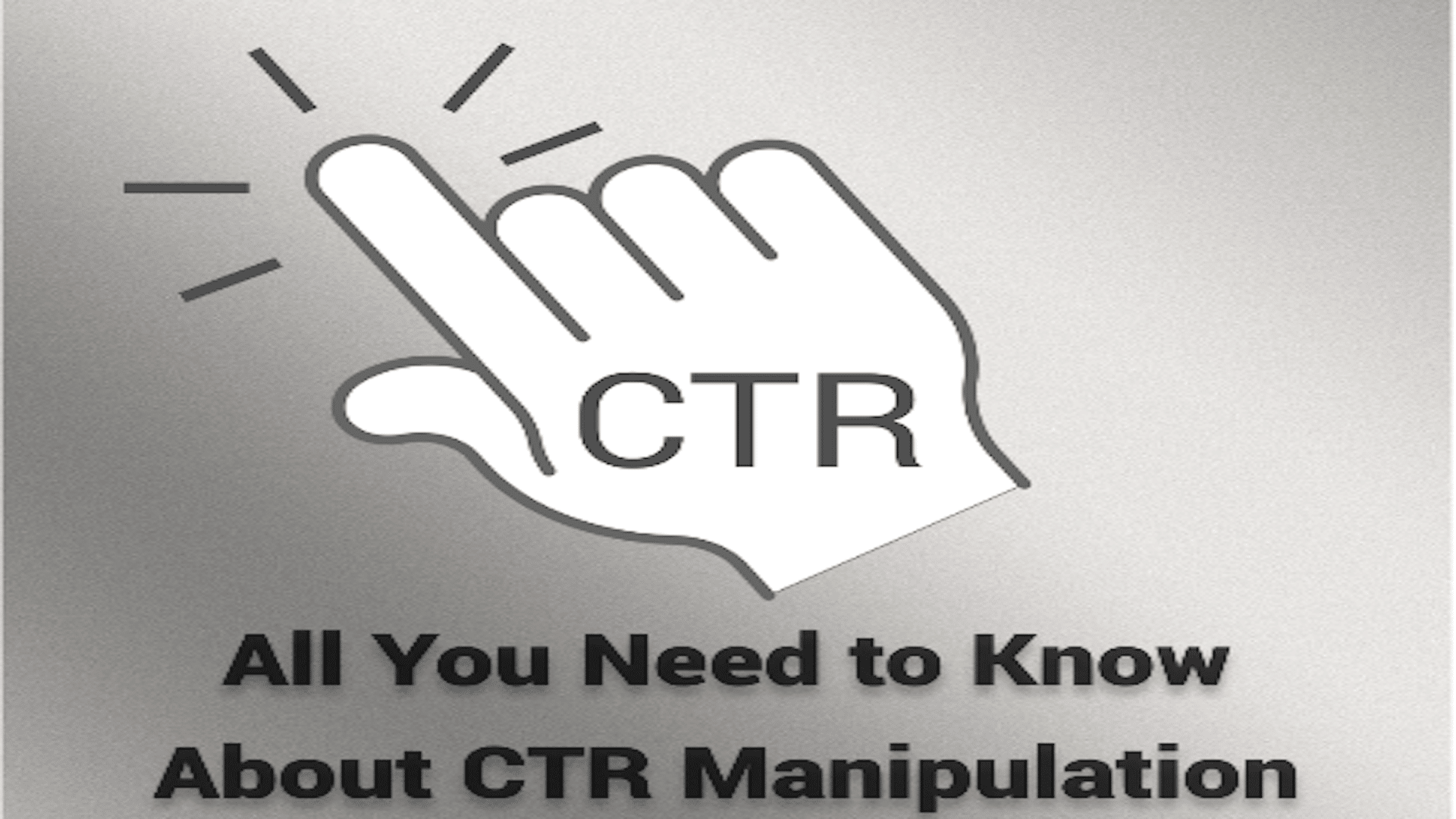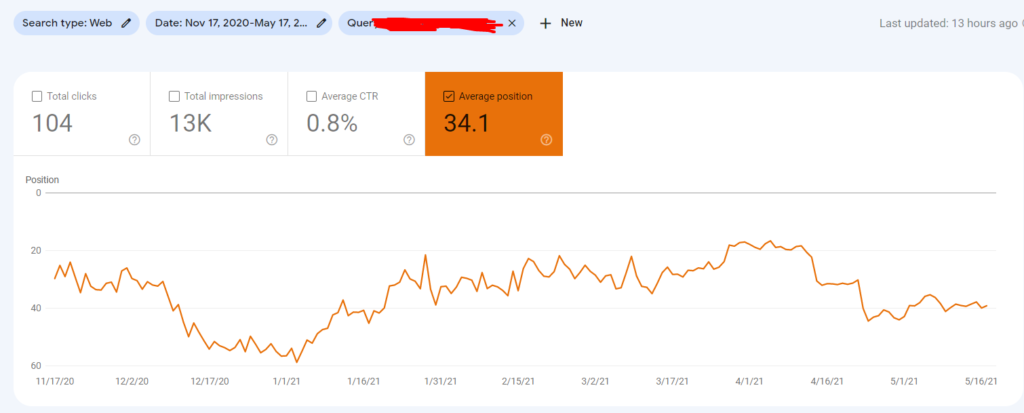Just How CTR Manipulation Service Assists Drive Organic Clicks
Accomplishing Online Success Through Strategic CTR Control
In the electronic landscape, attaining on the internet success increasingly hinges on the nuanced art of tactical click-through price (CTR) manipulation. Discovering the fragile interaction of psychology, analytics, and imaginative implementation discloses a pathway to not just boost CTR but also cultivate lasting connections with target markets.

Comprehending Click-Through Rates
Comprehending the details of click-through prices (CTR) is crucial for marketing professionals aiming to maximize their digital campaigns. CTR, specified as the proportion of individuals who click on a certain web link to the variety of total users who check out a page, ad, or email, acts as an important statistics in examining the efficiency of internet marketing techniques. A greater CTR suggests that the web content reverberates well with the target audience, triggering involvement and communication.
To calculate CTR, the formula is uncomplicated: divide the number of clicks by the variety of perceptions and increase by 100 to express it as a percentage. This dimension not just supplies insight right into the efficiency of ads yet likewise reveals opportunities for enhancement. By analyzing CTR, marketing experts can recognize which aspects of their campaigns-- such as headlines, images, or call-to-action buttons-- are most reliable in driving clicks.
Furthermore, recognizing industry standards for CTR is important, as they can vary dramatically throughout various sectors. By constantly monitoring and adjusting strategies based upon CTR data, marketing experts can improve their projects, boost user interaction, and inevitably drive conversions, thereby contributing to the general success of their digital marketing efforts.
The Psychology of Online Behavior
The efficiency of electronic advertising methods greatly hinges on the mental triggers that influence on the internet actions. Recognizing these triggers is important for crafting compelling content that reverberates with customers and drives interaction. Secret psychological principles, such as social proof, deficiency, and necessity, play a substantial duty in shaping individuals' choices.
Social evidence, for instance, leverages the propensity of people to seek to others for support, making endorsements and individual testimonials effective tools in convincing prospective clients. Deficiency strategies, which develop an understanding of minimal accessibility, can force users to act rapidly, fearing they might miss out on an opportunity. Similarly, urgency imparts a feeling of immediacy, triggering users to make quicker choices and minimizing the possibility of procrastination.
Furthermore, the cognitive biases that affect on-line habits, such as anchoring and loss hostility, can be harnessed to improve advertising and marketing initiatives. By tactically positioning details and stressing prospective losses over gains, online marketers can dramatically affect consumer options. In a progressively competitive digital landscape, understanding the complexities of online behavior psychology is imperative for achieving sustained success and maximizing click-through rates.
Methods for Improving CTR
Improving click-through rates (CTR) is essential for making best use of the effectiveness of digital advertising and marketing campaigns. One of the most impactful techniques is maximizing headings and subject lines. Crafting compelling, action-oriented headings can record audience focus and attract them to click. Including numbers, questions, or psychological triggers can significantly enhance interaction.
An additional effective approach is leveraging high-quality visuals. Engaging photos or video clips can attract customers in, making them more probable to click on the web link. Furthermore, utilizing A/B screening allows marketing professionals to explore various material styles, determining which versions produce the greatest CTR.
Purposefully placing calls-to-action (CTAs) within your web content is also essential. CTAs need to be clear, convincing, and located plainly to assist users towards the desired action. In addition, personalizing web content based upon individual behavior and choices can develop a more relevant experience, increasing the likelihood of clicks.
Finally, ensuring that landing web pages are maximized for smart phones is crucial, as a considerable part of traffic currently comes from smartphones. A smooth customer experience across all gadgets can significantly improve CTR and drive much better results for digital marketing efforts. By applying these techniques, marketers can properly enhance their click-through prices.
Measuring and Examining Your CTR
Determining and analyzing click-through prices (CTR) is a crucial part of assessing the success of digital advertising campaigns. CTR, specified as the ratio of customers that click a particular link to the overall number of customers who see the web page, works as a vital efficiency indication. An extensive analysis begins with the aggregation of CTR data throughout numerous networks, including email, social media sites, and paid advertisements.

In addition, tracking fads with time is crucial. A regular increase in CTR may show reliable methods, while a decrease can signal the demand for immediate modifications. Relative analysis with market standards further contextualizes performance, supplying understandings into needed enhancements.
Ultimately, determining and evaluating CTR not just informs tactical decision-making but also fosters a culture of continual improvement in advertising initiatives, making sure that projects properly get to and resonate with target audiences. CTR Manipulation.
Moral Factors To Consider in CTR Adjustment
As digital advertising increasingly counts on click-through prices (CTR) to determine effectiveness, ethical considerations visit our website surrounding CTR control have involved the center. While maximizing CTR with calculated approaches can enhance exposure and involvement, it is important to assess the ramifications of such techniques.
Manipulating CTR through misleading techniques, such as clickbait headings or deceitful promotions, can deteriorate consumer depend on and damages brand name reputation. These methods might yield temporary gains yet recommended you read usually result in lasting effects, consisting of consumer reaction and regulative examination (CTR Manipulation). Ethical advertising emphasizes transparency, motivating services to existing precise details that aligns with user expectations
Furthermore, the increase of fabricated intelligence and automated click generation presents added ethical obstacles. Utilizing bots or various other automated systems to blow up CTR weakens the stability of performance metrics and alters marketing data, complicating decision-making procedures.
Eventually, marketers should balance the search of greater CTR with honest requirements that prioritize sincerity and customer welfare. By cultivating genuine involvement and offering value to individuals, brand names can achieve lasting success while helpful hints upholding ethical advertising principles. In navigating these factors to consider, companies will not only safeguard their online reputation however also grow a dedicated consumer base.
Verdict
In summary, accomplishing on-line success via tactical CTR manipulation needs a complex technique that stabilizes optimization methods with ethical factors to consider. Eventually, a commitment to moral criteria in CTR techniques not only improves efficiency yet also grows enduring connections with audiences.